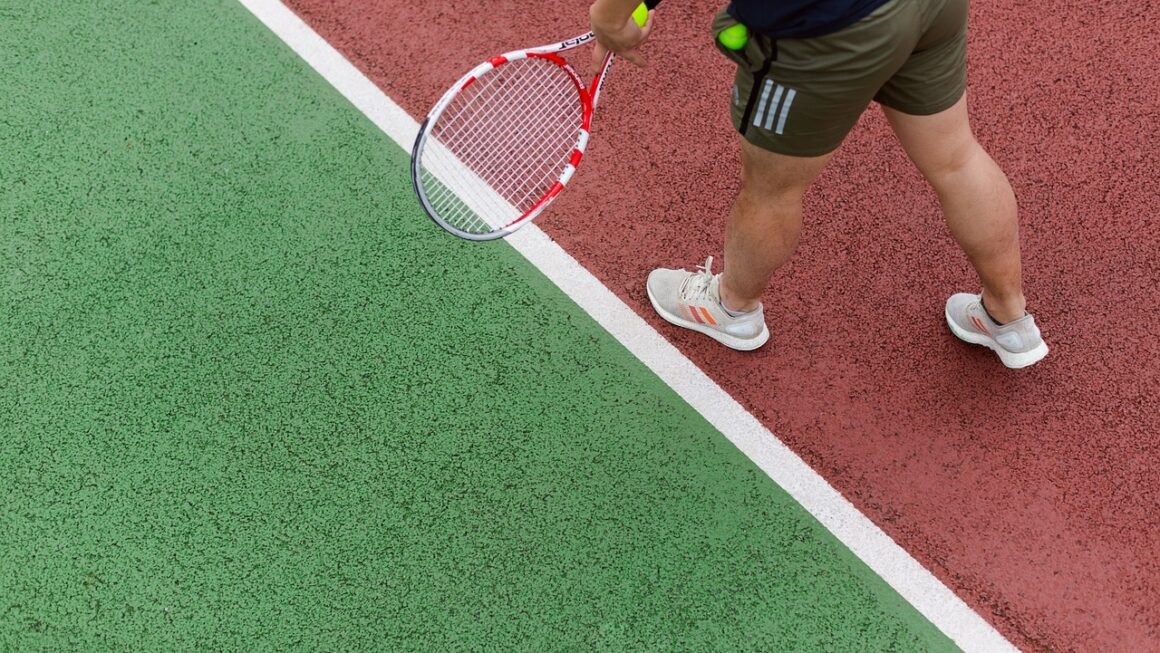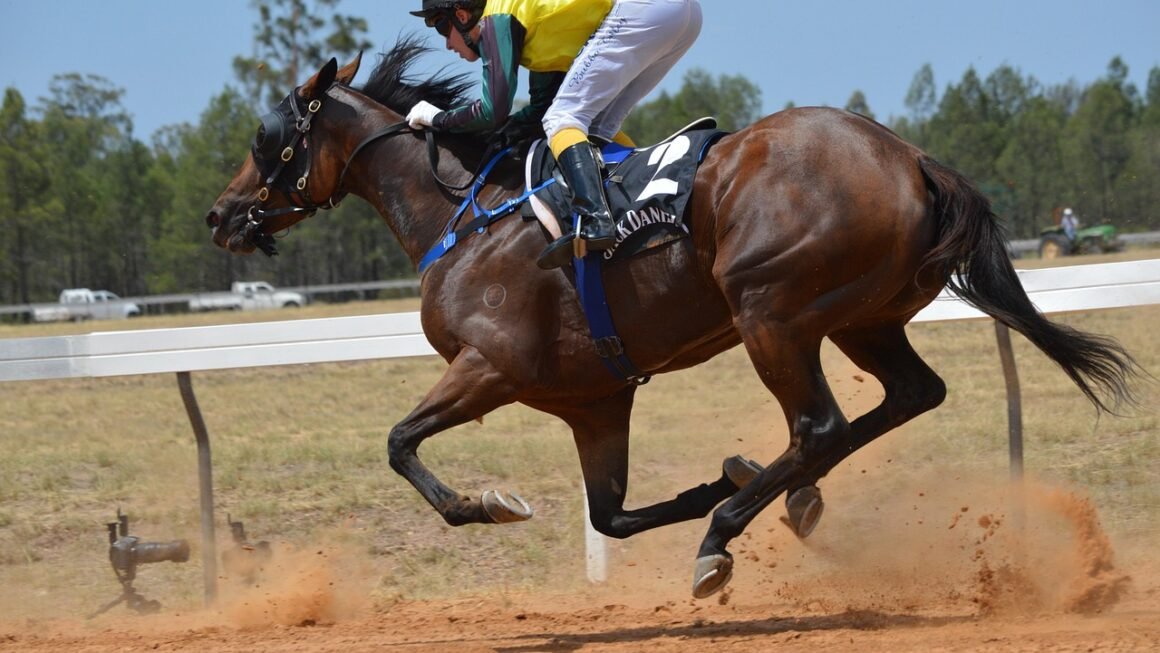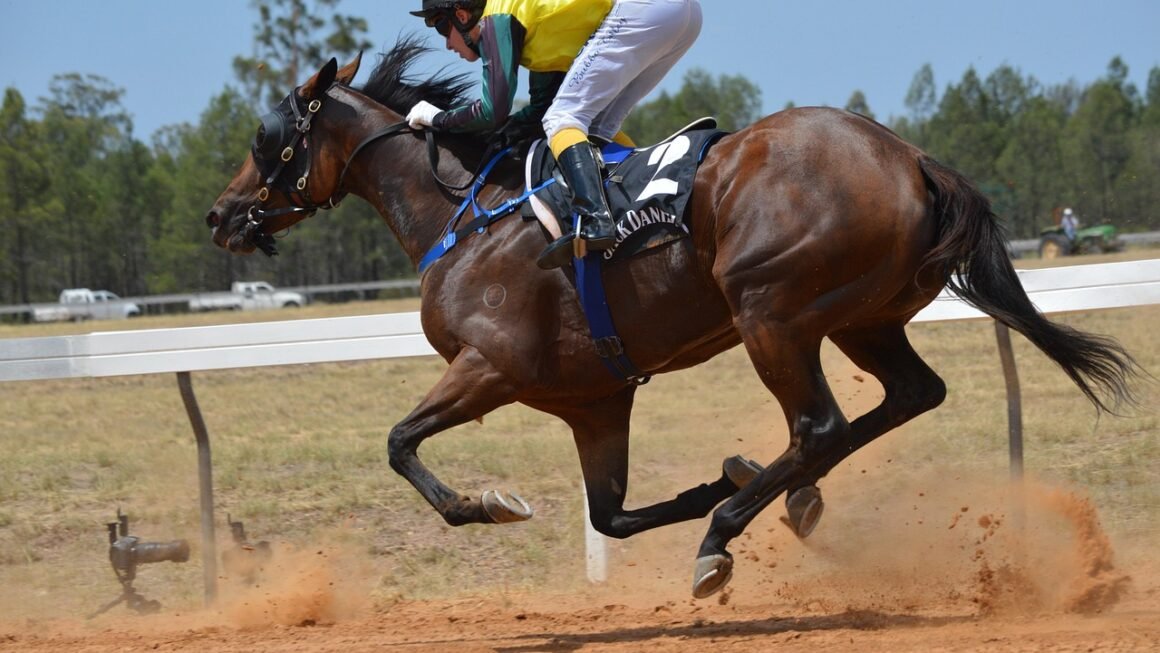Volleyball is more than just a beachside pastime; it’s a dynamic and strategic sport enjoyed by millions worldwide. Whether you’re a seasoned athlete or a curious beginner, understanding the intricacies of volleyball can unlock a deeper appreciation for its athleticism and teamwork. This guide delves into the fundamentals, techniques, and strategies that make volleyball a truly captivating sport.
Understanding the Basics of Volleyball
The Objective
The primary goal in volleyball is to score points by grounding the ball on the opponent’s court while preventing them from doing the same on your side. A rally continues until the ball hits the ground, goes out of bounds, or a team fails to legally return the ball. Each team has a maximum of three touches to return the ball over the net.
Court Dimensions and Equipment
- The volleyball court measures 18 meters long and 9 meters wide.
- It is divided into two equal halves by a net. For men’s volleyball, the net height is 2.43 meters, and for women’s, it’s 2.24 meters.
- The attack line, also known as the three-meter line, is marked 3 meters from the center line. This line defines the area where back-row players must jump from to attack the ball legally.
- The volleyball itself is typically made of leather or synthetic material and has a circumference of 65-67 cm. Its weight ranges from 260-280 grams.
Basic Rules and Regulations
- Serving: The game starts with a serve from behind the end line. The server must hit the ball over the net and into the opponent’s court.
- Rotation: After winning the serve, the team rotates clockwise. This ensures that all players get a chance to play in different positions.
- Illegal Touches: A player cannot hit the ball twice in a row, except for the first touch after a block.
- Net Contact: Touching the net during play is generally a fault, resulting in a point for the opposing team.
- Out of Bounds: The ball is out of bounds when it lands completely outside the boundary lines of the court.
Mastering Fundamental Skills
Serving Techniques
- Underhand Serve: A beginner-friendly serve where the ball is struck with the heel of the hand from below.
- Overhand Serve: A more advanced serve with greater power and control. Examples include:
Float Serve: A serve with little or no spin, causing it to move unpredictably.
Topspin Serve: A serve with forward spin, causing it to drop quickly and be harder to pass.
Jump Serve: A powerful serve executed by jumping and striking the ball in the air.
- Practical Tip: Practice serving from different spots along the end line to vary your serve and keep your opponent guessing.
Passing (Bump) Techniques
- Forearm Pass: The primary technique for receiving serves and hard-driven attacks. Involves joining your forearms together to create a stable platform.
Form: Keep your arms straight, angle your platform towards the target, and use your legs to generate power.
- Dig: A defensive skill used to recover a ball that is close to the ground.
- Practical Tip: Focus on creating a stable platform with your forearms and moving your feet to get in the correct position for the pass.
Setting Techniques
- Overhand Set: Used to position the ball for an attacker to spike. Requires precise hand positioning and timing.
Form: Create a triangle with your hands above your forehead, use your fingertips to guide the ball, and extend your arms upwards.
- Jump Set: A dynamic set performed by jumping in the air, often used by setters in faster-paced offenses.
- Practical Tip: Practice setting different trajectories and distances to improve your accuracy and provide your hitters with optimal opportunities.
Attacking (Spiking) Techniques
- Approach: A coordinated sequence of steps leading up to the jump and spike.
Example: A four-step approach is common: left-right-left-jump for right-handed hitters.
- Arm Swing: The motion of bringing the arm back, snapping the wrist, and hitting the ball with force and direction.
- Blocking: A defensive skill used to prevent the opponent’s attack from crossing the net.
- Practical Tip: Focus on timing your approach with the set and using your entire body to generate power in your swing. Aim for different spots on the court to exploit weaknesses in the opponent’s defense.
Strategic Gameplay and Teamwork
Offensive Strategies
- 3-Person-vs-4-Person Attack: Understanding attack numbers, the offense can create advantages.
- Quick Sets: Sets that are delivered close to the net, allowing hitters to attack with speed and surprise.
- Back-Row Attacks: Attacks performed by back-row players from behind the three-meter line, adding another dimension to the offense.
Defensive Strategies
- Blocking Schemes: Coordinating the blockers to effectively defend against the opponent’s attacks.
Example: Double blocks on the outside hitters to shut down their primary attack.
- Defensive Positioning: Positioning players in specific zones to cover the court and anticipate the opponent’s shots.
Communication and Teamwork
- Verbal Communication: Calling out plays, positions, and potential threats on the court.
- Non-Verbal Communication: Using hand signals and eye contact to communicate strategies and coordinate movements.
- Role Specialization: Assigning specific roles to players based on their strengths and weaknesses, such as setter, middle blocker, outside hitter, and libero.
- Actionable Takeaway: Effective communication and teamwork are essential for success in volleyball. Practice communicating clearly and efficiently with your teammates during training sessions and matches.
Training and Conditioning
Physical Conditioning
- Strength Training: Building strength in the legs, core, and shoulders to improve jumping ability, power, and stability.
- Cardiovascular Training: Improving endurance to maintain performance throughout long matches.
- Agility Training: Enhancing agility and quickness to move efficiently on the court.
Skill-Specific Drills
- Serving Drills: Practicing different serving techniques and strategies to improve accuracy and power.
- Passing Drills: Focusing on forearm passing technique, court coverage, and communication with teammates.
- Setting Drills: Working on hand positioning, timing, and accuracy to deliver consistent and precise sets.
- Attacking Drills: Practicing approach footwork, arm swing technique, and hitting different shots.
Injury Prevention
- Warm-up Exercises: Performing dynamic stretches and light cardio to prepare the muscles for activity.
- Cool-down Exercises: Stretching and light cardio to reduce muscle soreness and improve flexibility.
- Proper Technique: Using correct form and technique to minimize the risk of injuries.
- Listening to Your Body: Paying attention to pain signals and taking rest days when needed.
- *Statistics: According to the American Orthopaedic Society for Sports Medicine, volleyball injuries are often related to overuse or improper landing techniques. Implementing proper warm-up routines, focusing on proper technique, and listening to your body can significantly reduce the risk of injuries.
Conclusion
Volleyball is a sport that demands athleticism, strategy, and teamwork. By understanding the basics, mastering fundamental skills, implementing strategic gameplay, and committing to consistent training and conditioning, you can elevate your game and enjoy the many rewards that volleyball has to offer. Whether you’re playing for recreation or competition, the journey of mastering volleyball is an ongoing process of learning, refining, and striving for excellence. Embrace the challenge, collaborate with your team, and enjoy the thrill of the game.



